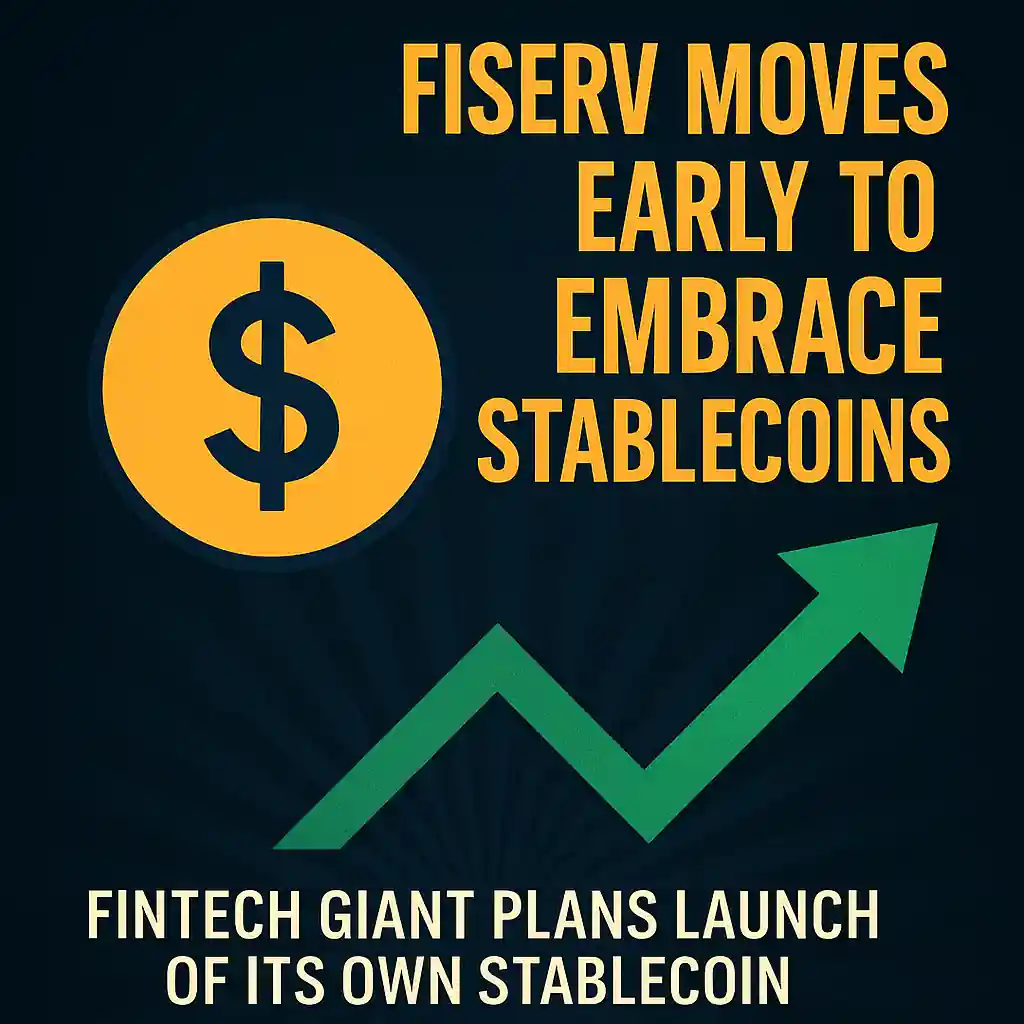Fiserv Moves Early to Embrace Stablecoins
Before the GENIUS Act was officially signed, Fiserv made a bold move. The company announced plans to launch its own stablecoin. This proactive step highlights how stablecoins are quickly reshaping financial technology.
Fiserv aims to integrate digital assets directly into payment systems. Its initiative signals growing industry confidence in stablecoins as mainstream payment tools.
FIS Opts for Partnership Over Issuance
While rival FIS hasn’t yet launched a coin, it’s not staying idle. Instead, it’s partnering with Circle to enable banks to transact in USDC.
This approach supports stablecoins without direct issuance, allowing FIS to focus on infrastructure. The goal is to enable interoperability between stablecoins and traditional money systems.
Circle Expands Through Strategic Alliances
Circle, issuer of USDC, is aggressively growing its footprint. By partnering with FIS, Circle gains access to a network of thousands of banks.
This move could place stablecoins at the heart of everyday banking. Transactions between banks, businesses, and customers may increasingly involve tokenized dollars.
Regulatory Tailwinds Boost Stablecoin Confidence
The GENIUS Act, signed recently, created a solid legal foundation for stablecoins. It clarifies how they should be backed and audited.
This regulatory clarity removes a major barrier. Now, tech giants like Fiserv and infrastructure firms like FIS can invest confidently in stablecoin integration.
Why Banks Are Turning to Stablecoins
Banks are showing strong interest in stablecoins for a few reasons. These tokens can settle payments instantly and at low cost. They also offer traceability, which is crucial for compliance.
By tapping into stablecoins, banks can offer modern services that compete with fintech apps and crypto-native platforms.
Stablecoins Bridge Traditional and Digital Finance
What makes stablecoins powerful is their flexibility. They operate on public blockchains, yet mirror fiat currencies like the U.S. dollar. This allows banks to enjoy crypto’s speed without dealing with volatility.
FIS and Fiserv are helping traditional finance catch up. Through partnerships and innovation, they’re bridging the gap between old systems and the blockchain economy.
Industry Leaders See a Long-Term Shift
“Stablecoins are having their time in the sun now, and that’s a good thing,” said Himal Makwana, global strategy head at FIS.
His comment underscores growing acceptance. It’s not just hype — stablecoins are being built into the core of modern banking tools and workflows.




